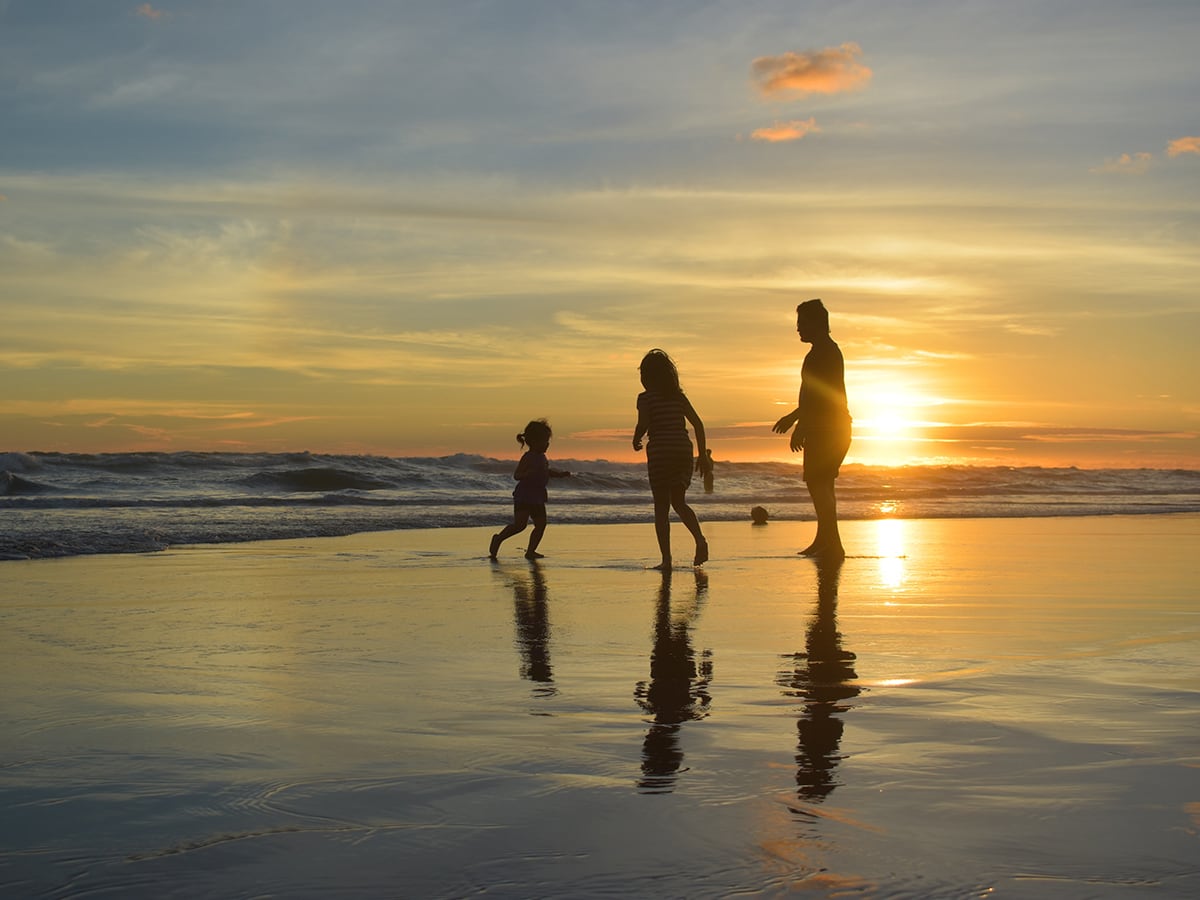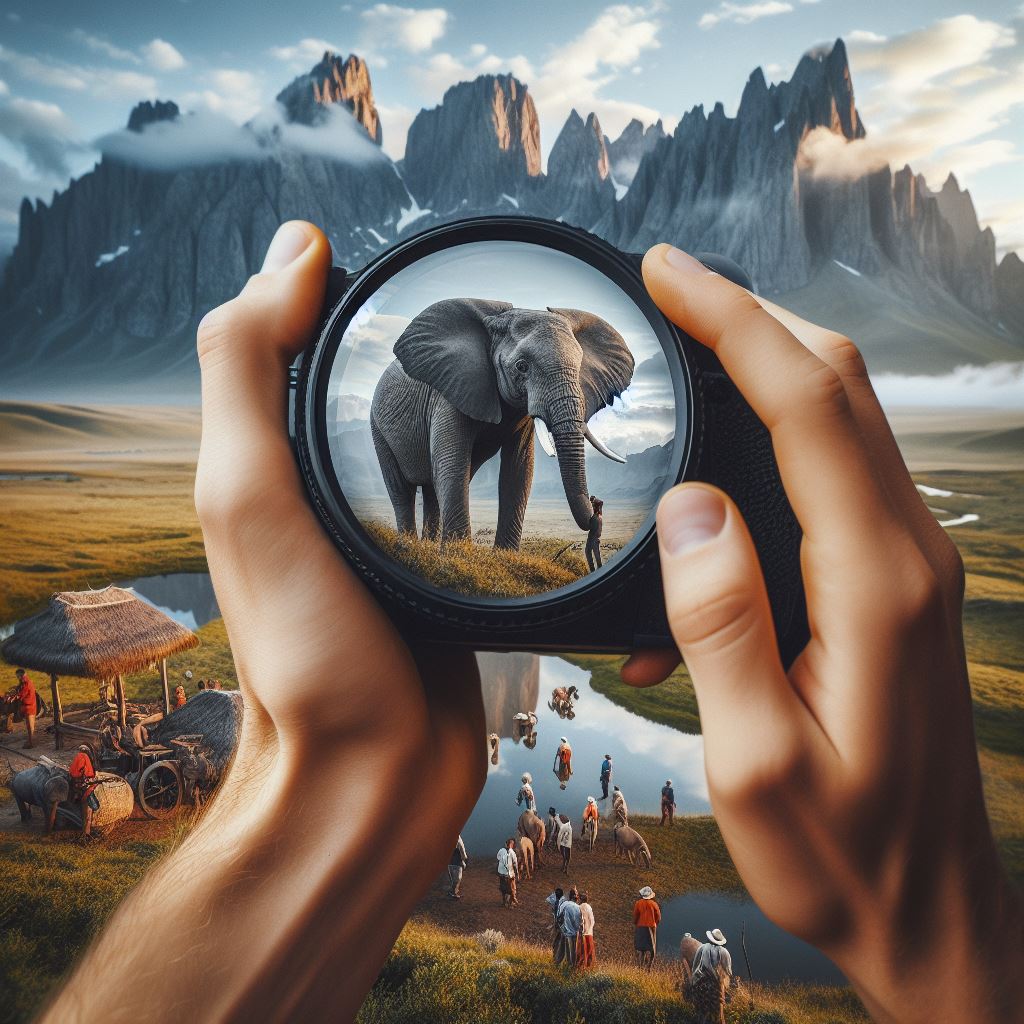Wetlands, often overlooked and undervalued, play a crucial role in maintaining the delicate balance of our planet’s ecosystems. From filtering water to providing a habitat for a myriad of species, these unique environments are a linchpin in the tapestry of biodiversity. In this article, we will delve into the definition and significance of wetlands, explore the rich biodiversity they harbor, examine the threats they face, and discuss ongoing conservation efforts.
Introduction
Wetlands, characterized by their waterlogged conditions, encompass a variety of ecosystems such as marshes, swamps, and bogs. Their significance extends beyond their scenic landscapes, as they serve as life-supporting systems vital to wildlife conservation on a global scale.
Definition and Significance of Wetlands
1. Defining Wetlands
Wetlands are areas where water is the primary factor controlling the environment and the associated plant and animal life. These ecosystems, with their unique hydrological characteristics, are classified into different types based on their features and functions.
2. Ecological Significance
The ecological importance of wetlands cannot be overstated. Acting as nature’s kidneys, they filter and purify water, removing pollutants and sediment. Additionally, wetlands act as natural buffers against floods, preventing downstream calamities. Their ability to store and slowly release water aids in maintaining stable water tables, benefiting both wildlife and human populations.
3. Economic Significance
Beyond their ecological value, wetlands contribute significantly to economies. Fisheries, agriculture, and tourism thrive in wetland areas, providing sustenance for local communities and contributing to global industries. Recognizing the economic benefits of wetlands is essential for fostering sustainable practices that balance human needs with environmental preservation.
Biodiversity in Wetland Ecosystems
1. Flora and Fauna
Wetlands are hotspots of biodiversity, supporting a rich tapestry of plant and animal life. From water lilies to amphibians, the range of species adapted to wetland conditions is astounding. The intricate web of life in wetlands includes specially adapted flora and fauna that have evolved to thrive in the dynamic and often challenging conditions.
2. Migratory Birds
Wetlands serve as crucial habitats for migratory birds. During their long journeys, these birds rely on wetlands as rest stops and breeding grounds. The interconnectedness of wetlands across continents highlights their importance in the global migration patterns of numerous bird species.
3. Endangered Species
Countless species, some endangered, depend on wetlands for survival. The destruction and degradation of wetland habitats directly contribute to the decline of these species. Preserving wetlands is not just about protecting landscapes; it’s about safeguarding the future of unique and often irreplaceable forms of life.
Threats to Wetlands
1. Human Activities
Human activities, including agriculture, urbanization, and industrialization, pose significant threats to wetlands. The draining of wetlands for development and the release of pollutants into these delicate ecosystems have severe consequences on their health and functionality.
2. Climate Change
The specter of climate change looms over wetlands, altering precipitation patterns, causing sea-level rise, and affecting the delicate balance within these ecosystems. As global temperatures rise, wetlands face unprecedented challenges that require urgent attention and comprehensive solutions.
Conservation Efforts
1. Legal Protection
International and national laws have been established to protect wetlands and their biodiversity. These legal frameworks aim to mitigate the impact of human activities and ensure the sustainable management of wetland resources. However, the effectiveness of these laws often hinges on proper enforcement and public awareness.
2. Conservation Programs
Numerous organizations and governments have initiated wetland conservation programs. These initiatives focus on raising awareness, conducting research, and implementing sustainable practices to ensure the longevity of these vital ecosystems.
3. Restoration Projects
Wetland restoration projects showcase the potential for positive change. Efforts to restore degraded wetlands not only revive ecosystems but also provide valuable insights into effective conservation strategies. However, the challenges of restoration underscore the importance of preventing initial degradation.
Conclusion
In conclusion, the importance of wetlands in wildlife conservation cannot be overstated. From their ecological and economic significance to their role in supporting biodiversity, wetlands are essential for the health of our planet. As we face mounting threats from human activities and climate change, it is imperative that we prioritize the conservation of wetlands. Through legal protection, conservation programs, and restoration projects, we can ensure that these vital ecosystems continue to thrive, providing a haven for diverse life forms and contributing to the well-being of our planet.




